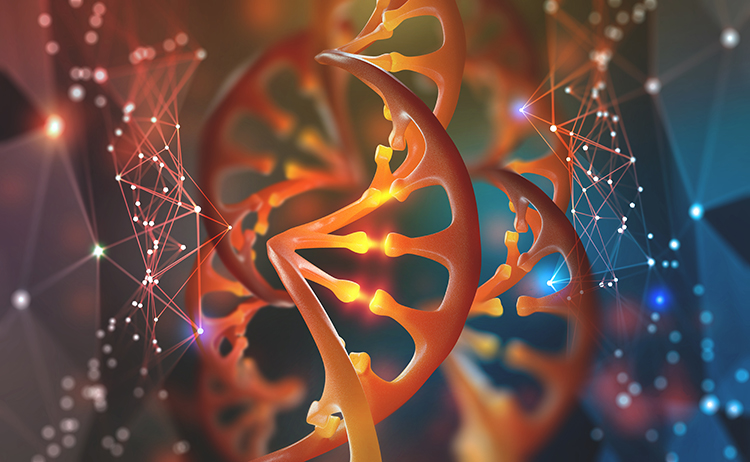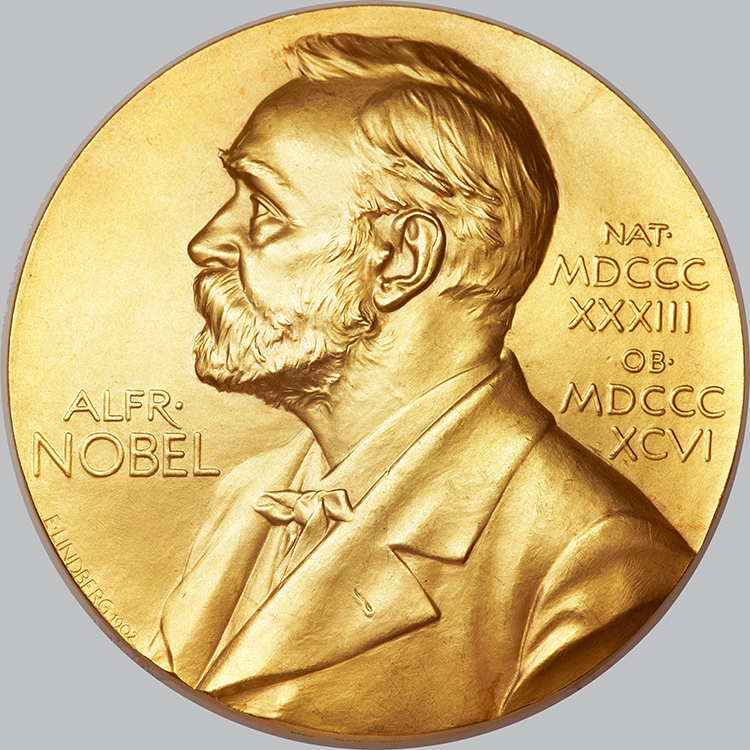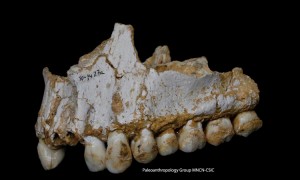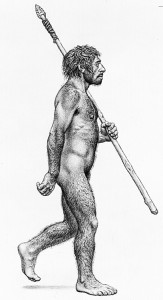Promises of Gene Editing
Wednesday, October 17th, 2018October 17, 2018
In August, scientists at the University of Texas Southwestern Medical Center in Dallas announced that a revolutionary gene-editing technique called CRISPR (Clustered Regularly Interspaced Short Palindromic Repeat) had been used to cure an inherited muscle-wasting disease in dogs. The announcement raised hopes that an effective treatment for Duchenne muscular dystrophy, the most common fatal genetic condition in children, can soon be developed. In the coming decades, scientists hope that CRISPR can treat or prevent more human diseases caused by faulty genes.

Scientists can manipulate the CRISPR process to delete, alter, or replace a gene with great accuracy. Credit: © Yurchanka Siarhei, Shutterstock
Duchenne muscular dystrophy is the most common and most rapidly progressive of the childhood muscle diseases. The disease is named after French neurologist Guillaume-Benjamin-Amand Duchenne, a pioneer in the detection and treatment of nervous and muscular disorders. Duchenne muscular dystrophy is caused by a mutation that disrupts the normal function of a gene involved in the development of muscle structure and function. Scientists have identified the genes that cause the disease, and they also have discovered a protein called dystrophin whose absence in muscle tissues causes the disease. Scientists have long held that gene therapy, where normal-functioning genes are introduced into the muscles, could increase production of dystrophin and effectively treat or even cure Duchenne dystrophy. However, gene therapy has had limited success thus far, mainly because of the extreme difficulty of cutting and repairing the precise sequence of DNA that causes the disease. CRISPR makes the cutting and repairing much easier.
In development since 2012, CRISPR is derived from a process that scientists first observed in 1987 occurring naturally in bacteria. In this process, bacteria forms its own sort of immune system. If a bacterium is infected by a virus, it grabs a bit of the viral DNA and keeps it as a reminder. If the bacterium encounters that viral DNA again, certain proteins are directed to slice it up, destroying the viral invader. Scientists simulated this bacterial process with CRISPR, which uses one of these slicing proteins, designated Cas9, to break DNA at specific locations. Scientists can manipulate this CRISPR-Cas9 process to delete, alter, or replace a gene with great accuracy.
The CRISPR-Cas9 process was first used to eradicate relatively harmless viruses in dogs before turning the process on the nonfunctioning dystrophin gene that causes muscular dystrophy. The CRISPR-Cas9 protein zeroed in on the unique DNA sequence of the faulty gene and sliced it away. The breaks created in the DNA molecule triggered the cell’s natural repair machinery, which rebuilt the DNA molecule to form a properly functioning gene and cured the dogs of muscular dystrophy.
Despite the potential benefits of this technology, experts in scientific ethics are debating how CRISPR-Cas9 and other advanced gene-editing techniques should be used in people. Current gene therapy using CRISPR focuses on somatic gene editing. In this process, the changes to DNA are made in somatic (body) cells that cannot not be passed on to the next generation. Body cells differ from germline cells (also called sex cells), which can alter human embryos and be passed down to future generations. Mistakes in the germline cell gene-editing process could inadvertently cause other health problems or even unknown diseases. These new problems could then be passed down through families.
Most countries have regulations that limit or prohibit experiments with gene-editing techniques involving humans. The United States National Institutes of Health prohibit laboratories that receive federal funds from experimenting with human embryos. In addition, the U.S. Food and Drug Administration is prohibited from evaluating any treatments that involve genetically modified human embryos. However, privately funded lab research has no such regulation. In addition, government regulations in such countries as China and the United Kingdom have recently permitted limited experiments with CRISPR involving human embryos.





